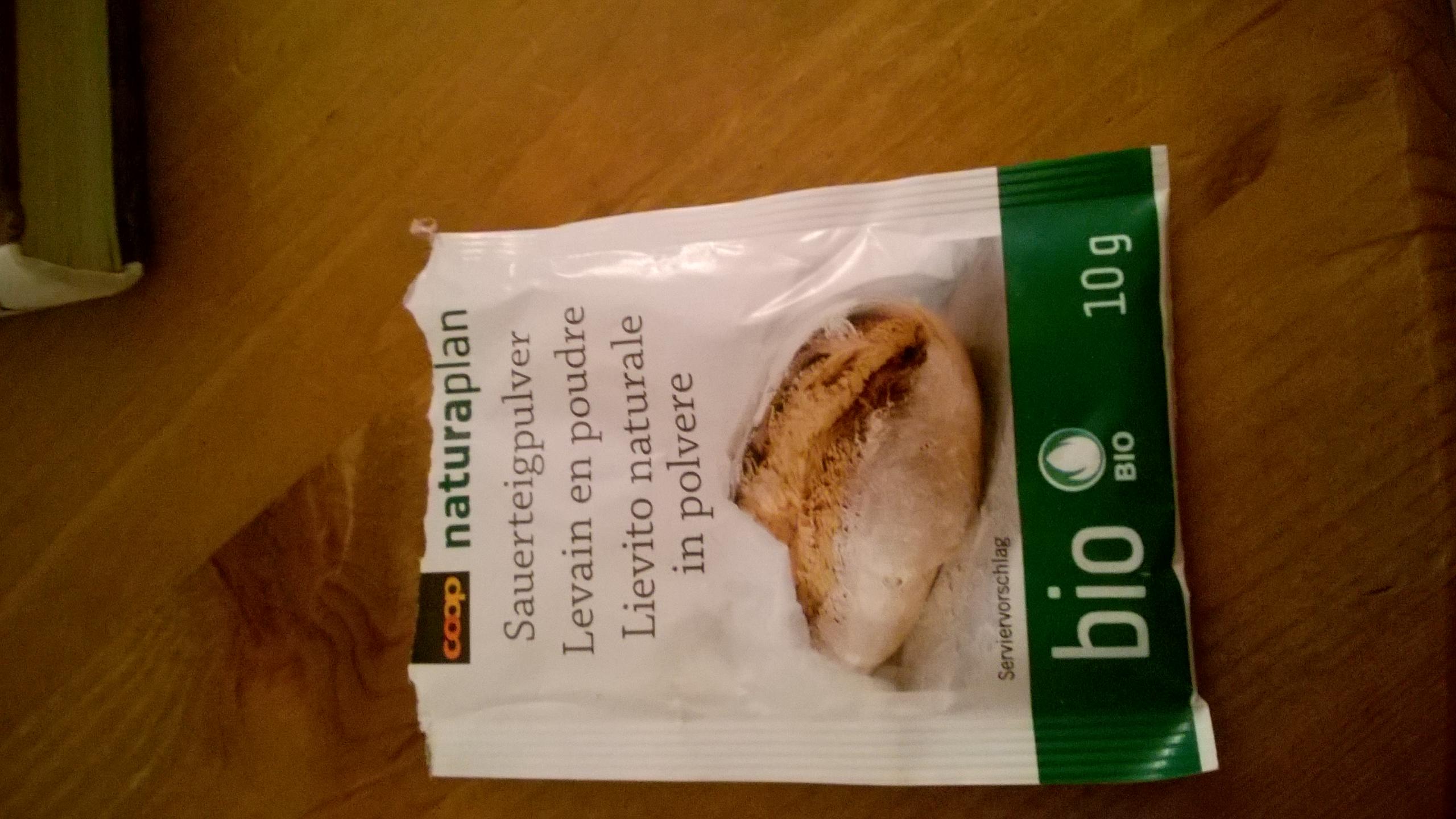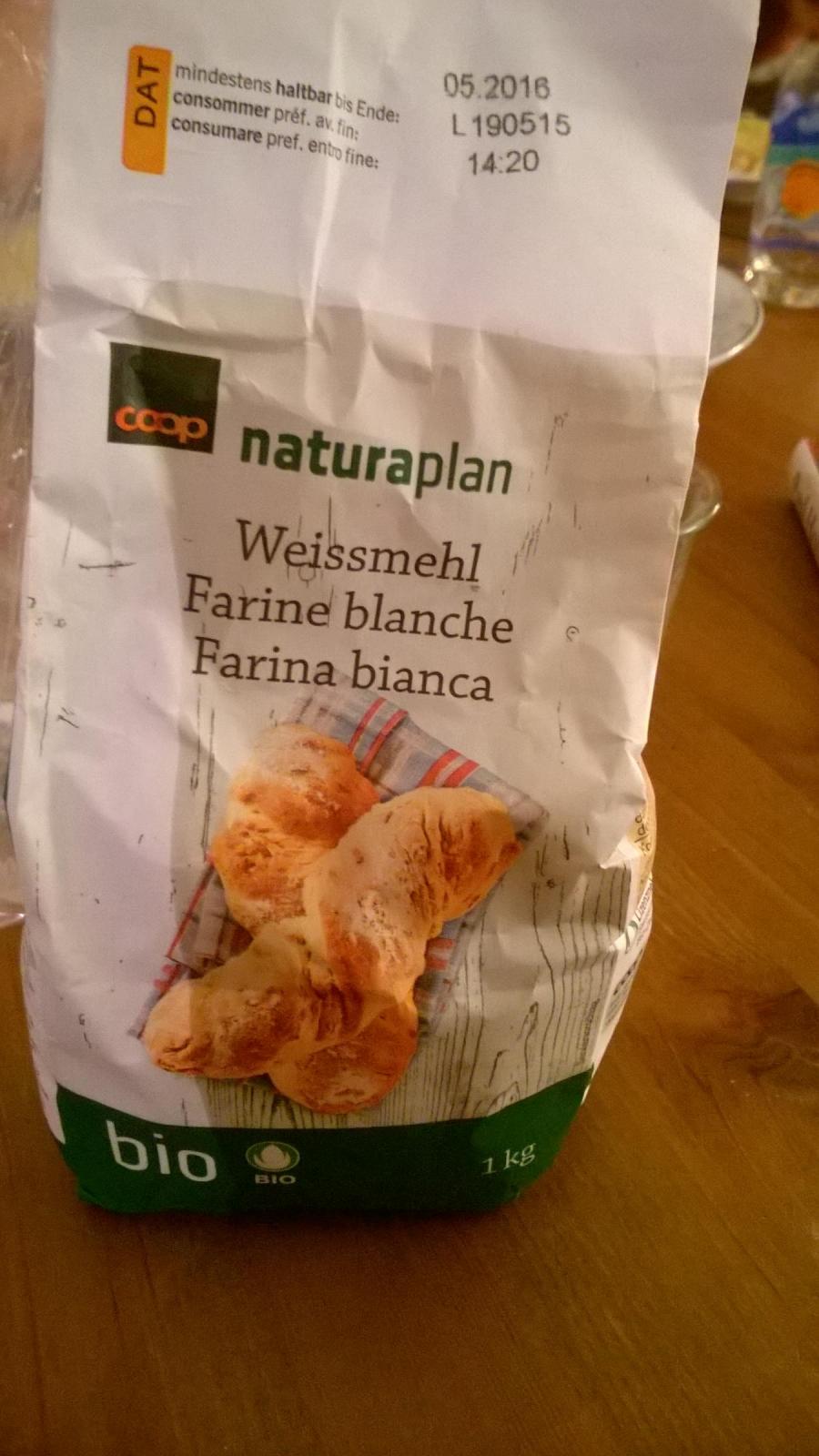August 11, 2015 - 6:56am

hi i'm new

hey guys, it's my first post here. i expect more in time
i'll start out with the reason that i found here, my first white bloomer: see the photo.
i followed a recipe, mix, knead, rise 2 hours. knock back rest 1 hour, shape, spray/flour, bake.
i started to suspect issues when the dough didn't rise after kneading.
I did knead for >10mins, and left it in a large covered bowl in the kitchen.
could I have killed the yeast with the salt? what else could I have done wrong?
I'll have another go tomorrow.
thanks,
matt


Hello Matt
Plenty of things can go right and wrong.
Dough temperature is a major element bread making, how did yours feel, perhaps a little on the cool side?
Did you scale the ingredients or go with cups and spoons?
If you post the recipe that you followed, folks here will be better able to reply with helpful suggestions.
cheers
daniel
Your formula is a bit sparse for decent analysis, but the first thing that comes to mind is the yeast. Firstly, what type of yeast are you using, did you proof the yeast to make sure it is still active? How old is the yeast? Unless you spilled all your yeast into a tub of salt and let it sit there for an hour you didn't kill your yeast with salt, the measures of salt in bread are nowhere near enough to kill your yeast. To prove your yeast works, put about two pinches of yeast in lukewarm water (75-80F) with one pinch of sugar or a dab of honey, stir and wait. Check it every 5min to see if there is a bubbly foam forming, it should be obvious, else the yeast is dead.
Second, I would ask about your temperatures, what is your room temperature, assuming countertop rise, what temp is your flour and what temp is your water?
Despite what any formula says, the resting times are going to be very relative, and only accurate for conditions that exactly match that of the person writing the recipe. It is more important during the first rise to get the volume than to wait for the correct time prescribed.
"i started to suspect issues when the dough didn't rise after kneading"
Flour
It would be helpful to know what kind of flour you used. It is hard to tell from the photo but the crumb looks almost cakey and very white. Did you use an all purpose flour? Most AP flours will make a fine loaf of bread but I have found a few (mainly the cheaper store brands) just can't produce enough gluten unless you really work at it.
Proofed/baked
Is the crumb doughy in the middle? That could indicate it is both underproved and underbaked. Enter "finger poke test" in the search box. You should get lots of hits and some sound contradictory but read on. I suspect part of the issue may be that it didn't rise enough the first fermentation (after the knead) even though it was 2 hours. Bread doesn't rise enough in that time for several reasons- not enough active yeast is present, a small amount of yeast was used (intentionally or un-intentionally) and it needs more time to ferment to double/full development, the room it was fermenting in was too cool for the yeast to be active enough or too warm and the dough overfermented, over-rose and collapsed on itself. You didn't mention the last (you would see that) so I don't think that is in play for this loaf.
Yeast
Not active-possibly due to improper storage. Sometimes boxes of stock sit on the loading docks in heat. Out of our control. Good to test yeast before using if you have had several failures.
Not enough yeast added to the dough to ferment in 2 hours. Some bakers deliberately add only a pinch of yeast and allow the dough to do a very long primary fermentation. Most recipes use a lot of yeast (1 sachet in the US has about 2 1/4 teaspoons per package). That can ferment in as little as an hour at 70f room temp.
Under-fermented/under-proved/underbaked
This would be my guess for this loaf. I talked about fermentation and the Finger Poke test info will cover proofing. The last thing that can be contributory to this loaf is underbaking. It needs to be baked to an internal temp of about 200F. For French type doughs (flour,water,salt,yeast) I usually add the loaf to a hot oven (450F),steam if you are able, and after 10 minutes I turn it down to 400F. That is with my quirky oven, though.
So post both your ingredient recipe and technique-both are equally important and more help will be forthcoming.
Oh,yes-Welcome!
Without knowing your recipe I can only comment on the method which is...
Have you tried...
Mix
Knead
Knock Back
SHAPE
Rest (or final proof) till ready! i.e. almost doubled
Spray/Flour and Bake?
I missed out a stage there, the first rise. Then knock back and shape for the second rise.
right so i've been away from the internet a few days, and the weather has changed dramatically, but the day i tried it was above 25-almost 30c in the kitchen.
the recipe;
500g strong white bread flour (what appears to be the closest thing in the supermarket here in switzerland), plus extra for dusting
10g salt
7g fast-action dried yeast
40ml olive oil, plus extra for oiling
320ml cool water
the yeast i bought from the supermarket less than 2 weeks ago. i have tried a shot of water with a touch of sugar and a couple pinches yeast, nothing happened to after around 8 minutes i added a touch of honey, 10 more minutes and nothing. so i will try tomorrow with some live yeast.....
thank-you all for all of this information, you have been very helpful, clear and descriptive. i'll get back to you after i've tried.
some photos, my yeast and flour:

is in fact dried sourdough starter - so it will take longer to get going. what does it say on the back of the packet (I can read german).